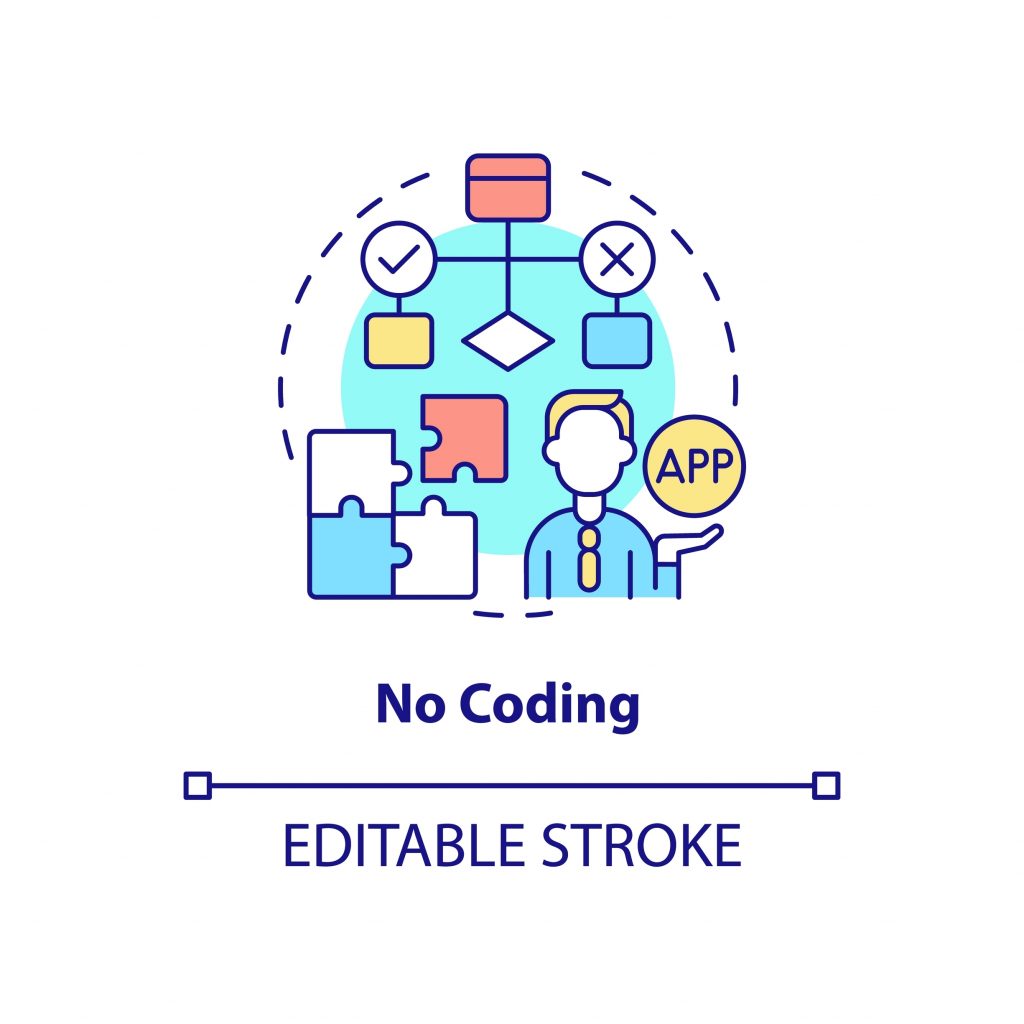
In the fast-evolving world of software development, speed and agility are paramount. In a report McKinsey look at the economic potential for AI. This is increasingly involving the democratising of software development using low-code/no-code approaches. The demand for innovative applications and solutions is higher than ever, and organizations are constantly seeking ways to accelerate the development process while ensuring they meet the diverse and dynamic needs of their customers. Enter low-code/no-code development platforms, a game-changing trend that is democratizing software creation. In this blog post, we will explore how these platforms are gaining traction, empowering a wider audience to develop applications, accelerating the development process,
and fostering a more customer-centric approach.
Low-Code/No-Code Development Platforms: What Are They?
Low-code and no-code development platforms are tools that allow individuals with varying levels of technical expertise to create software applications with minimal manual coding. These platforms provide a visual interface, pre-built components, and logic builders, enabling users to design and build applications by dragging and dropping elements. This approach reduces the need for traditional hand-coding, making software development accessible to a broader audience.
Empowering a Wider Audience: Breaking Down the Barriers
One of the most significant advantages of low-code/no-code platforms is their ability to democratize software development. Traditional software development often required specialized skills in programming languages, making it a domain exclusive to software developers and engineers. Low-code/no-code platforms break down these barriers, allowing business analysts, subject matter experts, and other non-technical professionals to participate actively in the software development process.
Accelerating the Development Process: Speed and Efficiency
Time-to-market is critical in today’s competitive landscape. Low-code/no-code platforms speed up the development process significantly. With a user-friendly interface and pre-built components, developers can create functional applications in a fraction of the time it would take through traditional coding. This acceleration is a game-changer, as businesses can quickly respond to changing customer needs and market demands.
Fostering a More Customer-Centric Approach: Meeting User Expectations
Low-code/no-code platforms are inherently aligned with the goal of customer-centricity. Business professionals who understand the unique needs of their customers can directly participate in the development process. This direct involvement ensures that the resulting applications are more tailored to meet the specific requirements of end-users, delivering a more satisfying and relevant experience.
Democratising software development: Where Low-Code/No-Code Shines
Challenges and Considerations
While low-code/no-code development offers many benefits, it
is not without challenges. Organizations should consider factors like
scalability, security, and the potential for vendor lock-in. It’s important to
strike a balance between the speed and ease of development and the need for
robust and secure software applications. Having the support of a trusted software development team behind you to iron out the wrinkles and write some of the more complicated logic is recommended to our clients.
Low-code/no-code development platforms are transforming the
software development landscape by making it more inclusive, efficient, and
customer-centric. M4siz through their discovery process seeks to help empower a wider audience to participate in the software
creation process, these platforms help businesses meet the ever-evolving needs
of their customers while reducing development time and costs. As this trend
continues to gain momentum, it’s clear that low-code/no-code is not just a
passing phase but a pivotal shift in the way we build software. Embracing this
approach can be a game-changer for organizations looking to thrive in the
digital age.
Did you enjoy reading our great business insights page? Send us a review if you thought it worthwhile.
You will find lots of goodies on our Facebook page as well.
If you have any questions or want to explore a potential project with us, it is a simple reach out by phone or contact form.